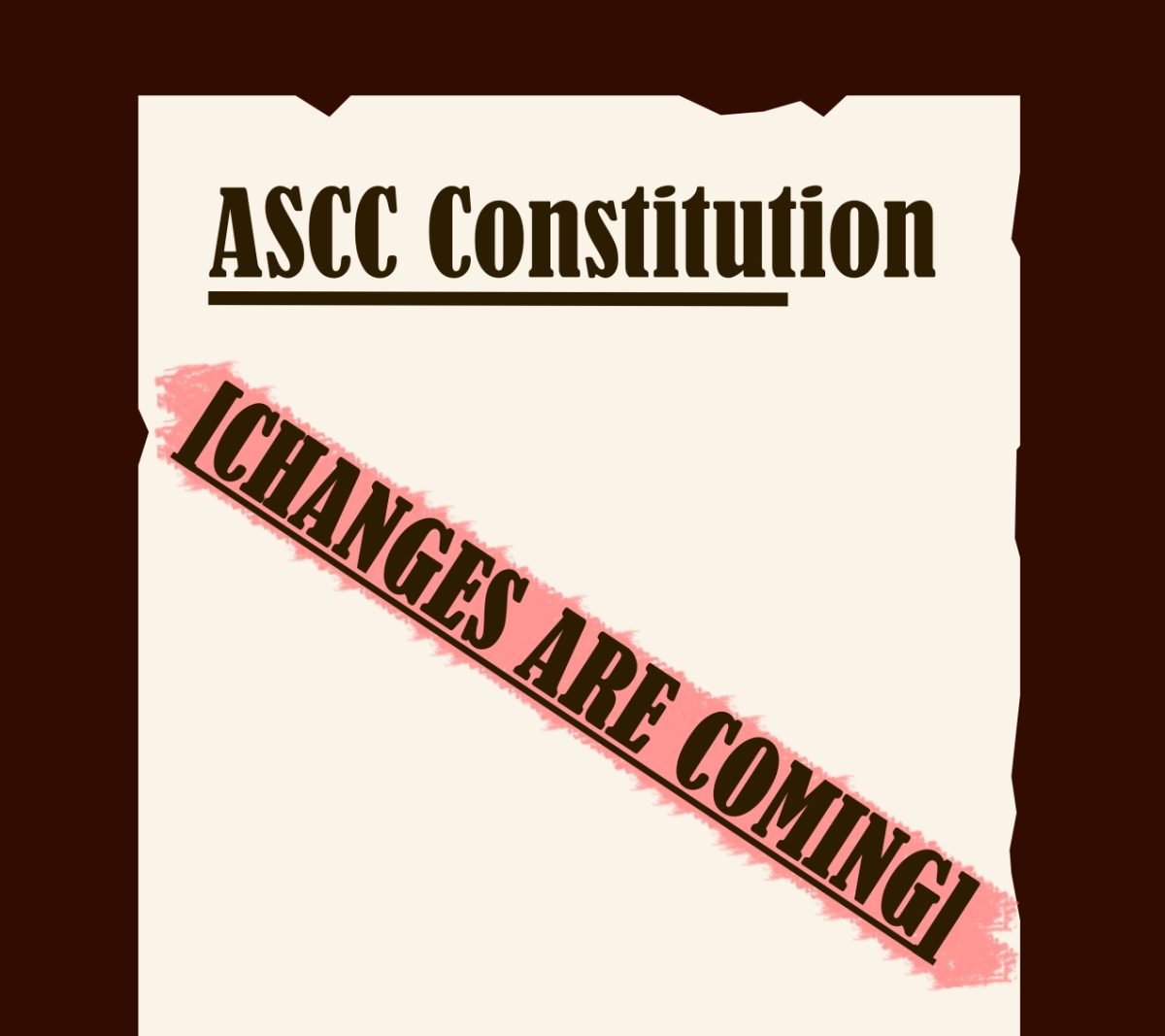The University of California budget crisis could deter California Community College students from transferring there, and is affecting the kind of students the UC’s will accept.
It’s been a long and difficult road for California higher education institutions, and it appears there will be more struggles ahead. Traditionally, a vast majority of students that transfer into the UC schools are from California Community Colleges. However, with the tuition price hike this year (and more to follow), the University of California system is becoming unattainable for many Skyline students.
Skyline students worry about being able to pay their tuition and fees, especially since Skyline implemented its new policy on paying fees before classes start. If this policy carries over to other campuses, there will be serious concerns for students.
“This affects me a lot,” said Skyline student Zachary Simon.”Personally, I owe over $600 [to Skyline]… What will happen if I try to transfer to UC Santa Barbara, what if this gets worse?”
It likely will get worse. Already for the fall of 2011, the UC’s approved two fee increases. Initially, the budget was set to be raised by 8%. But, shortly before the beginning of the Fall semester, the Board of Regents voted again to increase the cost by an additional 9.6%. The total tuition UC students are paying this year comes out to more than $12,000. When you add books, room and board and personal expenses, the total cost skyrockets to nearly $30,000 per year.
This is certainly not the last time the UC’s will raise tuition. Infuriated by the lack of support from the state government, the Board laid out a long-term budget plan that would put the annual fee increase at about 16% a year. At that rate, students will be paying about $22,000 in tuition by 2015. Combined with all other fees (assuming that those will remain constant, which is highly unlikely), the overall cost would be more than $37,000. For a public university.
“I think that most people, in this country and around the world, feel that education is a human right,” says Skyline student Micheal Madden. “That’s being chipped away at. UC is supposed to be a public education… we’re talking private prices.”
Surely, private schools in California are still more expensive, for now. USC and Stanford (two of the most expensive private schools in California) cost close to $60,000 a year including all fees and supplies. However, the UC Board of Regents is threatening to continue tuition increases, every year until possibly 2015-16. And, in addition to these fee increases, classes offered are filling up fast and many students won’t be able to get the ones they need.
According to transfer counselor Jaqueline Escobar, the price and short supply of classes are causing many students to consider a private education. The price of the UC’s is steadily approaching that of private schools, and Escobar says the size and availability of classes entices many students to look into schools like Santa Clara University and USC.
No matter what, the cost of education at the UC’s will raise 16% per student per year. The hope is that the government will offset that by granting the UCs a percentage of that increase, preferably at least 8%. That way, the money out of the students’ pockets would only be 8% more than it was before. If, by some unlikely circumstance, the UCs are able to get the entire 16% per year from the state government, increases for students would be nonexistent.
The scenario in which every student pays the same tuition for four years (or even two) is unfortunately a nearly impossible one. Legislators and even the Lt. Governor Gavin Newsom communicated their dissatisfaction with the long-term budget the Board suggested, and urged the UC system to think of other ways to fill the gap in funding.
One method may already be in practice. It’s no surprise that California residents make up most of the student body on UC campuses, but since 2009 the number of out-of-state and international students admitted has markedly increased. One of the most obvious examples of this comes from UC Berkeley. In 2009, only 7.9% of the freshman student body was from out of state. In 2010, the percentage of out-of-state students admitted leapt to 18.5%, and went even higher (to 21.6%) in 2011. Additionally, the percentage of international students on the campus went from 5.7% in 2009 to 9.6% in 2011.
One might wonder why the UC’s are suddenly less impenetrable to out-of-staters than they once where. The answer lies in the numbers. Tuition for non-California residents is more than $34,000 (more than $50,000 included fees and expenses), which is a staggering $23,000 more than what Californians pay to attend. While the UC’s remain committed to allowing space for transfer students, the statistics clearly show that the UC’s are rejecting in-state students in favor of non-residents who will pay more. The budget crisis is making it harder for Californians to complete their educations, for more reasons than one.
It’s uncertain now, as it has been, how the crisis will be resolved and what the consequences will be for the higher education system. Time has run out for the budget to be approved, and every institution and program in the state is feeling the heat.









